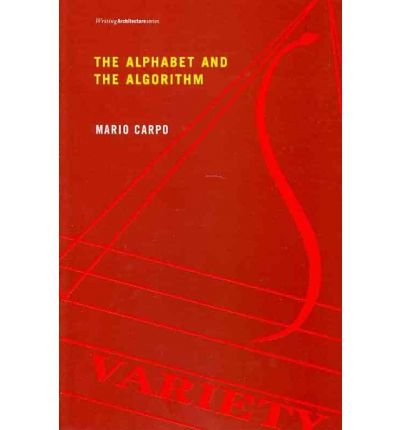What do you think?
Rate this book


Digital technologies have changed architecture--the way it istaught, practiced, managed, and regulated. But if the digital has created a"paradigm shift" for architecture, which paradigm is shifting? In TheAlphabet and the Algorithm, Mario Carpo points to one key practice of modernity: themaking of identical copies. Carpo highlights two examples of identicality crucial tothe shaping of architectural modernity: in the fifteenth century, Leon BattistaAlberti's invention of architectural design, according to which a building is anidentical copy of the architect's design; and, in the nineteenth and twentiethcenturies, the mass production of identical copies from mechanical master models, matrixes, imprints, or molds. The modern power of the identical, Carpo argues, cameto an end with the rise of digital technologies. Everything digital is variable. Inarchitecture, this means the end of notational limitations, of mechanicalstandardization, and of the Albertian, authorial way of building by design. Chartingthe rise and fall of the paradigm of identicality, Carpo compares new forms ofpostindustrial digital craftsmanship to hand-making and the cultures andtechnologies of variations that existed before the coming of machine-made, identicalcopies. Carpo reviews the unfolding of digitally based design and construction fromthe early 1990s to the present, and suggests a new agenda for architecture in an ageof variable objects and of generic and participatory authorship.
Paperback
First published February 4, 2011